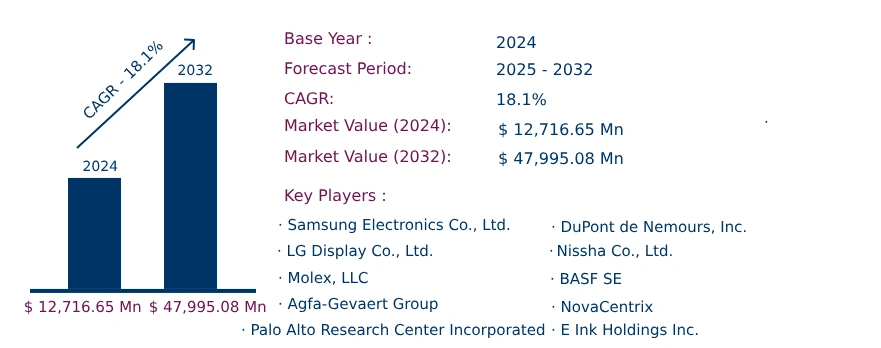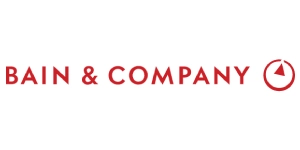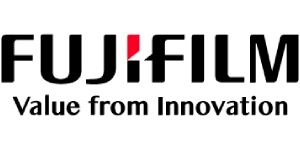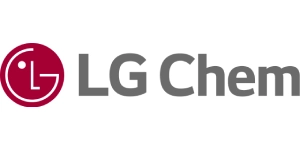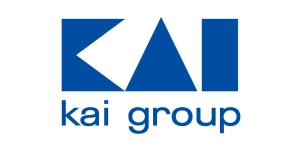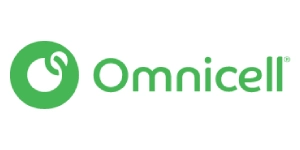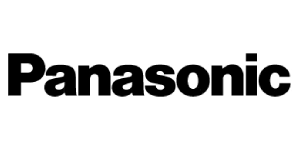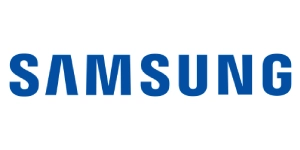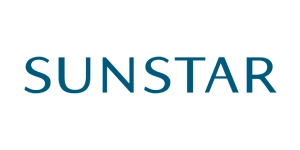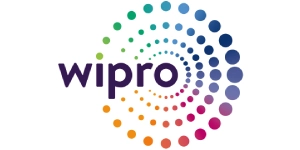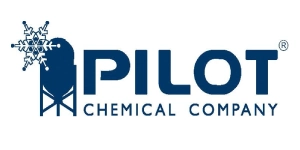Global Printed Electronics Market to Reach USD 47,995.08 Million by 2032 | CAGR of 18.1%
Category : Semiconductor And Electronics | Published Date : Jan 2025 | Type : Press Release
Printed Electronics Market Scope & Overview:
As per the Consegic Business Intelligence newly published report, the Printed Electronics Market is projected to grow from USD 12,716.65 million in 2024 to USD 47,995.08 million by 2032, at a CAGR of 18.1% during the forecast period. Printed electronics involve manufacturing electronic components using printing techniques to deposit conductive materials onto flexible or rigid substrates like paper, plastic, and glass. This technology enables the production of lightweight, flexible, and cost-effective electronic devices, making it ideal for applications in consumer electronics, healthcare, automotive, and packaging.
The market includes a range of components such as sensors, antennas, displays, and photovoltaic cells, produced using techniques like screen printing, inkjet printing, and gravure printing. These electronics enable high-volume, scalable production, supporting innovations like wearable devices, smart packaging, and flexible displays, thereby enhancing functionality across multiple industries.
The report comprises the Printed Electronics Market Share, Size & Industry Analysis, based on Material (Inks, Substrates, Conductive Polymers, Organic Materials, Others), Technology (Screen Printing, Inkjet Printing, Gravure Printing, Flexographic Printing, Others), Application (Displays, Sensors, Batteries, RFID Antennas, Lighting, Others), End-User Industry (Consumer Electronics, Automotive, Healthcare, Aerospace & Defense, Others), and Region (North America, Europe, Asia-Pacific, Latin America, Middle East & Africa), and Forecast, 2025-2032.
The report contains detailed information on Printed Electronics Market Trends, Opportunities, Value, Growth Rate, Segmentation, Geographical Coverage, Company Profiles, In-depth Expert Analysis, Revenue Forecast, Competitive Landscape, Growth Factors, Restraints or Challenges, Environment & Regulatory Landscape, PESTLE Analysis, PORTER Analysis, Key Technology Landscape, Value Chain Analysis, and Cost Analysis.
The rising demand for flexible and lightweight electronics in smart packaging and wearable devices is a key driver of market expansion. Additionally, the integration of Near Field Communication (NFC) and smart labeling technologies presents significant opportunities for growth, particularly in industries like retail, logistics, and pharmaceuticals.
Segmental Analysis :
Based on material, the market is segmented into inks, substrates, conductive polymers, organic materials, and others.
- The inks segment accounted for the largest revenue share in 2024, as conductive inks play a crucial role in enabling high-performance printed circuits, RFID antennas, and sensors. These inks, including silver-based and carbon-based formulations, enhance conductivity and ensure compatibility with advanced printing techniques.
- The substrates segment is projected to grow at the fastest CAGR, driven by increasing demand for flexible, eco-friendly, and biodegradable substrates, particularly in wearable devices and smart packaging.
Based on technology, the market is segmented into screen printing, inkjet printing, gravure printing, flexographic printing, and others.
- The screen printing segment held the largest market share in 2024 due to its ability to support large-volume production of sensors, lighting components, and flexible displays. Its superior precision and scalability make it indispensable in consumer electronics and automotive applications.
- The inkjet printing segment is anticipated to grow at the highest CAGR, owing to its customization capabilities, material efficiency, and reduced waste production, making it ideal for personalized RFID tags and intricate circuit designs.
Based on application, the market is segmented into displays, sensors, batteries, RFID antennas, lighting, and others.
- The displays segment accounted for the largest revenue share in 2024, driven by the use of OLED and LCD displays in smartphones, televisions, and smart home devices. Printed displays offer cost-effective, lightweight, and flexible solutions for next-generation consumer electronics.
- The RFID antennas segment is expected to register the fastest CAGR, fueled by the increasing adoption of smart inventory management systems, IoT applications, and supply chain automation.
Based on end-user industry, the market is segmented into consumer electronics, automotive, healthcare, aerospace & defense, and others.
- The consumer electronics segment accounted for the largest revenue share of 42.5% in 2024, as printed electronics enable the miniaturization of smartphones, wearables, and smart home devices.
- The automotive segment is projected to grow at the fastest CAGR, driven by rising demand for touch sensors, OLED lighting, and flexible displays in electric vehicles (EVs) and autonomous cars.
Based on regions, the market is segmented into North America, Europe, Asia-Pacific, Middle East and Africa, and Latin America.
- Asia-Pacific dominated the market in 2024, valued at USD 3,745.16 million, with China accounting for 32.4% of regional revenue. Rapid industrialization, strong manufacturing bases, and government initiatives supporting electronics production drive market growth in the region.
- North America is expected to reach USD 15,555.21 million by 2032, fueled by increasing adoption of printed electronics in consumer electronics and healthcare applications, coupled with growing research collaborations and advancements in material science.
| Report Attributes | Report Details |
| Study Timeline | 2019-2032 |
| Market Size in 2032 | USD 47,995.08 Million |
| CAGR (2025-2032) | 18.1% |
| Material | Inks, Substrates, Conductive Polymers, Organic Materials, Others |
| Technology | Screen Printing, Inkjet Printing, Gravure Printing, Flexographic Printing, Others |
| Application | Displays, Sensors, Batteries, RFID Antennas, Lighting, Others |
| End-User Industry | Consumer Electronics, Automotive, Healthcare, Aerospace & Defense, Others |
| By Region | North America(U.S., Canada, Mexico) Europe(U.K., Germany, France, Spain, Italy, Russia, Benelux, Rest of Europe) APAC(China, South Korea, Japan, India, Australia, ASEAN, Rest of Asia-Pacific) Middle East & Africa(GCC, Turkey, South Africa, Rest of MEA) LATAM(Brazil, Argentina, Chile, Rest of LATAM) |
Top Key Players & Competitive Landscape :
The competitive landscape encompasses major innovators, aftermarket service providers, industry giants, and niche players, all of which are thoroughly examined by Consegic Business Intelligence in terms of their strengths, weaknesses, and value-addition potential. This report includes detailed profiles of key players, market share analysis, mergers and acquisitions, resulting market fragmentation, and emerging partnership trends and dynamics.
List of prominent players in the Printed Electronics Industry:
- Samsung Electronics Co., Ltd. (South Korea)
- LG Display Co., Ltd. (South Korea)
- Molex, LLC (USA)
- Agfa-Gevaert Group (Belgium)
- Palo Alto Research Center Incorporated (PARC) (USA)
- DuPont de Nemours, Inc. (USA)
- Nissha Co., Ltd. (Japan)
- BASF SE (Germany)
- NovaCentrix (USA)
- E Ink Holdings Inc. (Taiwan)
Recent Industry Developments :
- December 2024: Interlink Electronics acquired Conductive Transfers Limited (CT) and Global Print Solutions (GPS), expanding its capabilities in printed electronics and smart textiles for applications in healthcare, automotive, and apparel.
- November 2024: Henkel, Covestro, and Quad Industries partnered to advance medical wearables using printed electronics, integrating stretchable and flexible components for enhanced functionality in healthcare applications.
- March 2024: Heraeus Printed Electronics and SUSS MicroTec signed a Joint Development Agreement to introduce digital inkjet printing for semiconductor mass production, optimizing cost and efficiency in EMI shielding and conductive structures.
